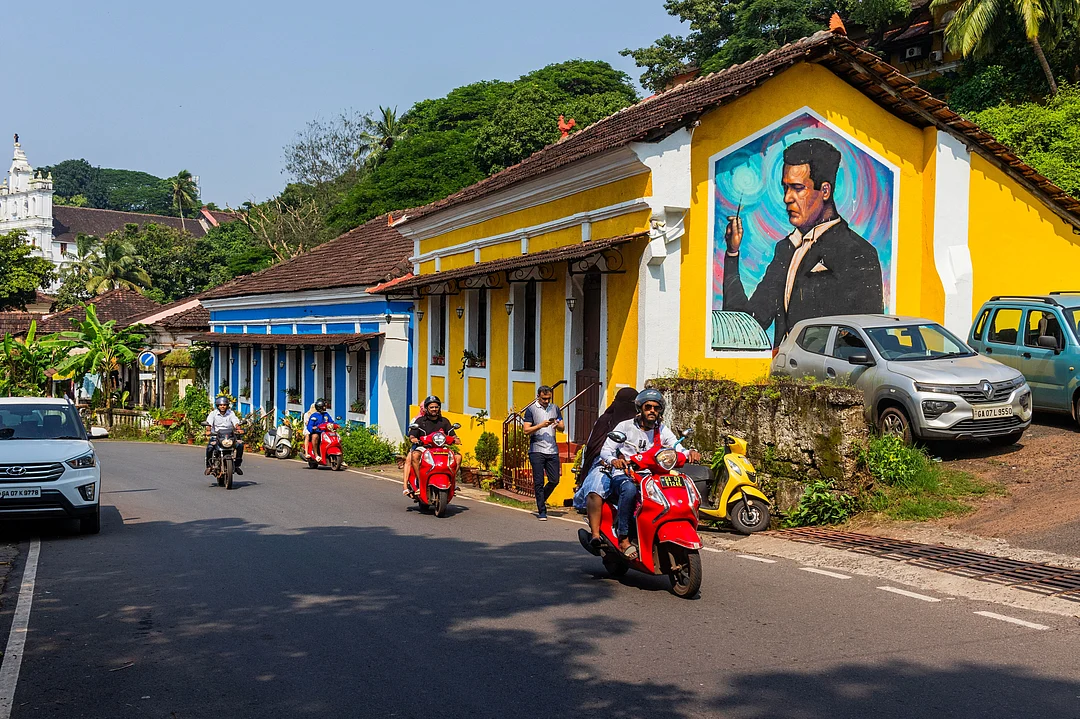Travellers heading to Goa are often introduced to a well-known issue: the so-called "taxi mafia" that operates in this idyllic beach destination. Upon arriving at the airport or railway station, visitors are taken aback by the exorbitant fares charged by local cab drivers. Unlike in many other parts of India, taxis in Goa typically do not operate on a metre system; instead, drivers have the freedom to set their own prices, often resulting in shocking rates for even short distances. This lack of regulation has sparked frustration and confusion among tourists who expect fair and transparent pricing. Given this challenging landscape, the recent announcement regarding the possible introduction of app-based taxi services like Ola and Uber was met with widespread enthusiasm. However, the joy was short-lived. Goa’s Chief Minister Pramod Sawant has said that app-based taxi aggregators like Uber and Ola will not be allowed to operate in the state. Both tourists and locals are accusing the government of prioritising taxi unions over public convenience.
India
Explained: Why Goa Has Banned Ola And Uber—And What It Means For Tourists And Locals
Goa’s Chief Minister Pramod Sawant has said that app-based taxi aggregators like Uber and Ola will not be allowed to operate in the state. Tourists and locals are saying that the government is prioritising taxi unions over public convenience

Tourists sometimes rent scooters and other transport to move around in Goa
Photo: Kandarp/Shutterstock
Tourists sometimes rent scooters and other transport to move around in Goa
Photo: Kandarp/Shutterstock
CLOSE



